Santa Clotilde Gardens – Lloret de Mar, Spain
This wonderful garden was landscaped in a setting of great beauty on top of a cliff with breath-taking views over the sea, and it is a fine specimen of the spirit that animated the Noucentista movement in Catalonia – an early twentieth-century movement for intellectual and aesthetic renewal that found a distinguished spokesman in the writer Eugeni d’Ors.
The Santa Clotilde gardens were designed in the manner of the dainty yet austere gardens of the Italian Renaissance by Nicolau Rubió i Tuduri at the age of twenty-eight, when he was still brimming over with admiration for his master in the art of landscape gardening, Forestier.
Despite the full freedom of form of this garden, certain groups of trees or even rows of trees merge with the entire landscape surrounding the garden, and the strongly defined, perfectly straight visual axes lead us to various points of interest terminating in ornamental items, such as statues or small fountains that seek to some extent to break up the uniformity of the layout. Overlapping terraces, criss- cross paths, ramps and steps shape the garden, accompanied everywhere by the constant murmur of water: the still waters of the grotto pond; the water jets of the many fountains and springs that combine to form a endless gallery of rain; and, in the background, the sea, pervading the land with its intensely salty tang.
The garden greets us with a blend of features from the Villa Medici, the Villa Borghese and perhaps the Boboli gardens as well – Florence was where one went for inspiration at the time. The spirit of romanticism underlies the garden, expressed in the marble bust glimpsed amid the vines, looking out to sea with its back to us – another delightful parody of that romantic sentiment of union with nature, closer to Leopardi than to his master C.D. Friedrich. These gardens, work on which began before the house, feature a collection of marble statues in the neo-classical style and the mermaids by the sculptress Maria Llimona.

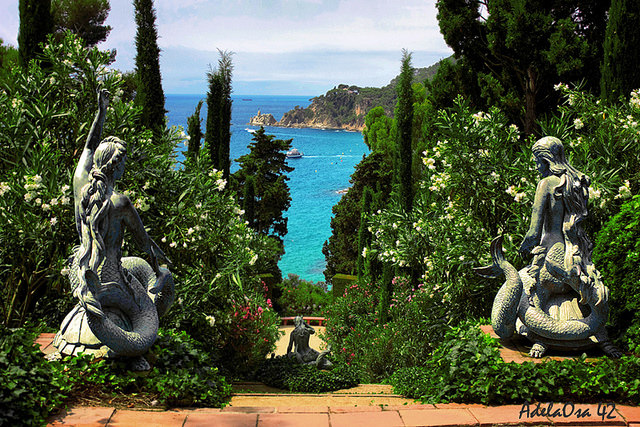
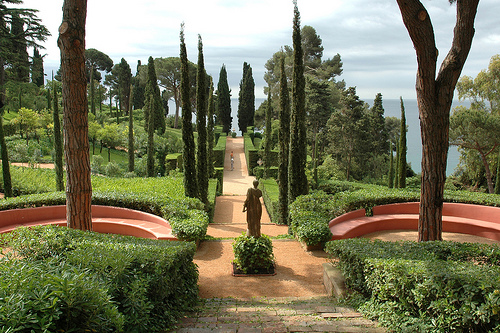
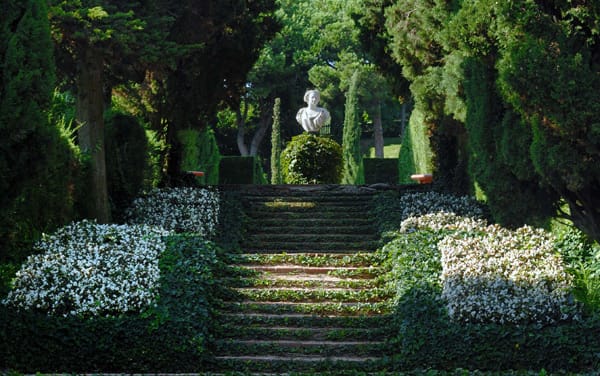
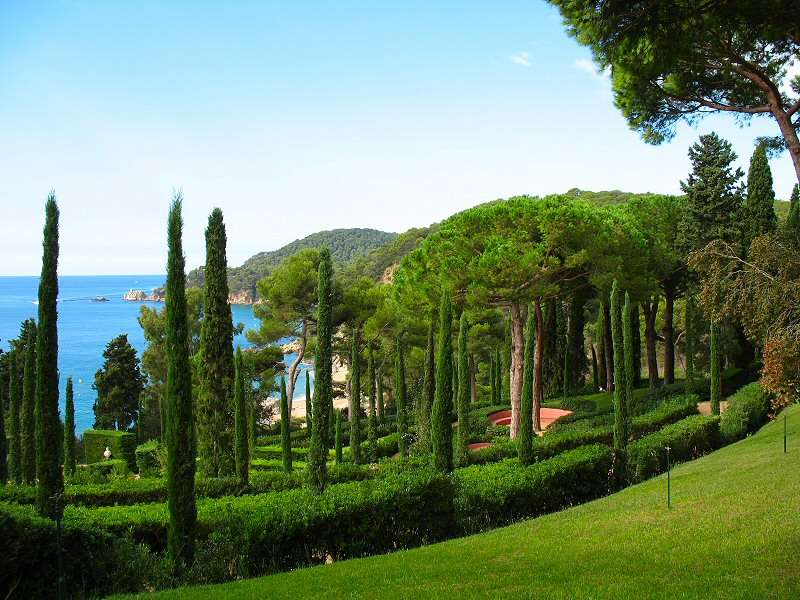
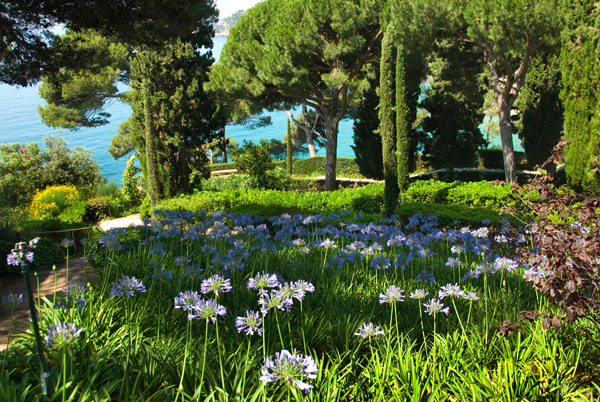
[…] This wonderful garden was landscaped in a setting of great beauty on top of a cliff with breath-taking views over the sea, and it is a fine specimen of the spirit that animated the Noucentista movement in Catalonia – an early twentieth-century movement for intellectual and aesthetic renewal that found a distinguished spokesman in the … […]